Sumi-e Inspired
I do sometimes have to admit that I am a compulsive buyer of anything arty that looks interesting, even if I have no idea what I intend to do with it. But every now and again it does mean I escape my fixation with watercolours and play with some other ideas.
In Norwich I visited the art store of Jarrolds – one of these high class departments stores which have a very very good ability to part me from my hard earned cash, as their wares are just so lovely… I could have spent a fortune, but tried to avoid just topping up my standard stocks of materials, and I found these lovely chinese drawing inks. They come as compessed sticks to be ground on a stone and wetted for drawing and calligraphy.
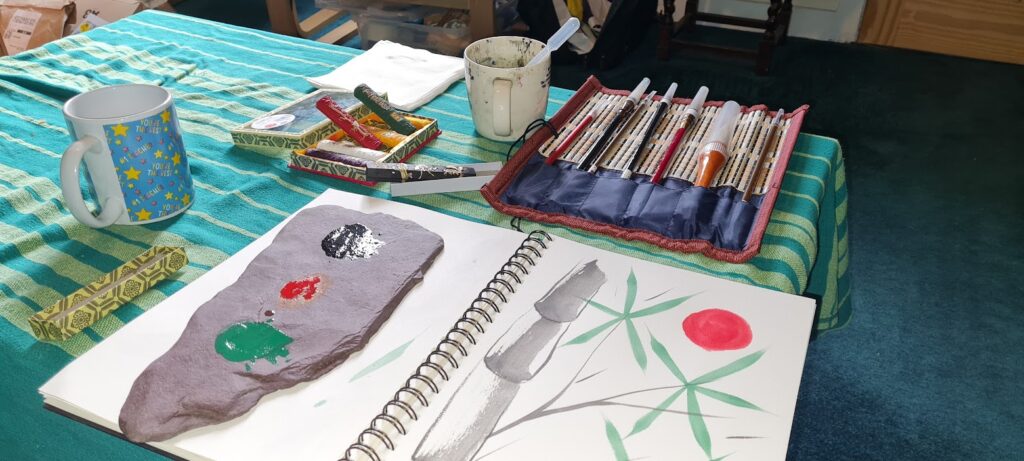
A lovely peice of Welsh Slate which I initiallu saved to paint on, and has narrowly escaped being ground into pigment provided a really nice (and aestheticly pleasing ink-stone) and Amazon a cheap set of chinese brushes.
Sumi-e – 墨絵 – Literally means Black Ink Painting and one cannot really escape the infusion of that aesthetic into popular culture. Unlike many traditional art-forms, there seems to be less of a concern presented about cultural appropriation (I’m basing this on the numerous tutorials online and lets face it, Japan is the biggest cultural whirlwind of juxtapositions out there) and there’s a lot of material on the internet about this art.
Like many things Japanese (and specifically Martial Arts) there is a very deep structure to this, named brush strokes and so on, of which I suspect the casual artist could only scratch the surface – but the discipline to these is actually quite useful in improving ones brushwork for any application.
Of course the black brushwork of Sumi-e is only one facet of the wider styles and with this in mind I have let myself play a little.
Of course this also gave the perfect partner to the bamboo paper I bought in Flying Tiger in Lincoln.
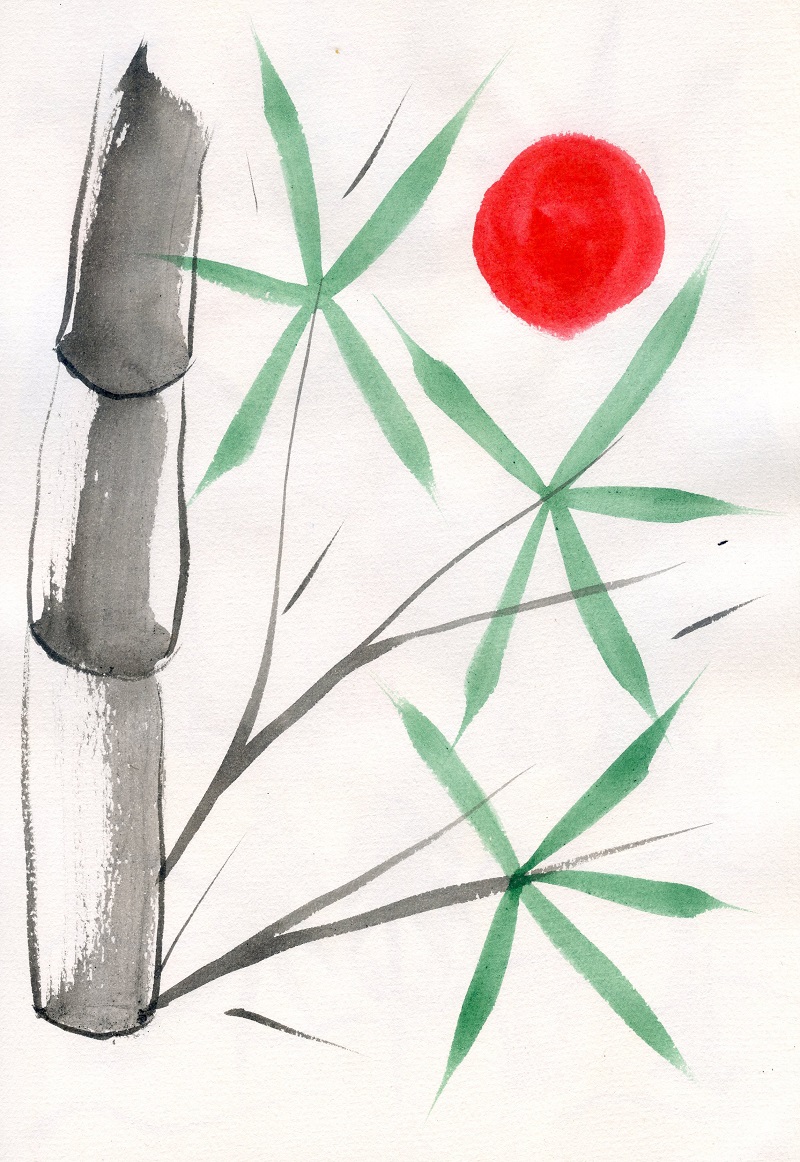
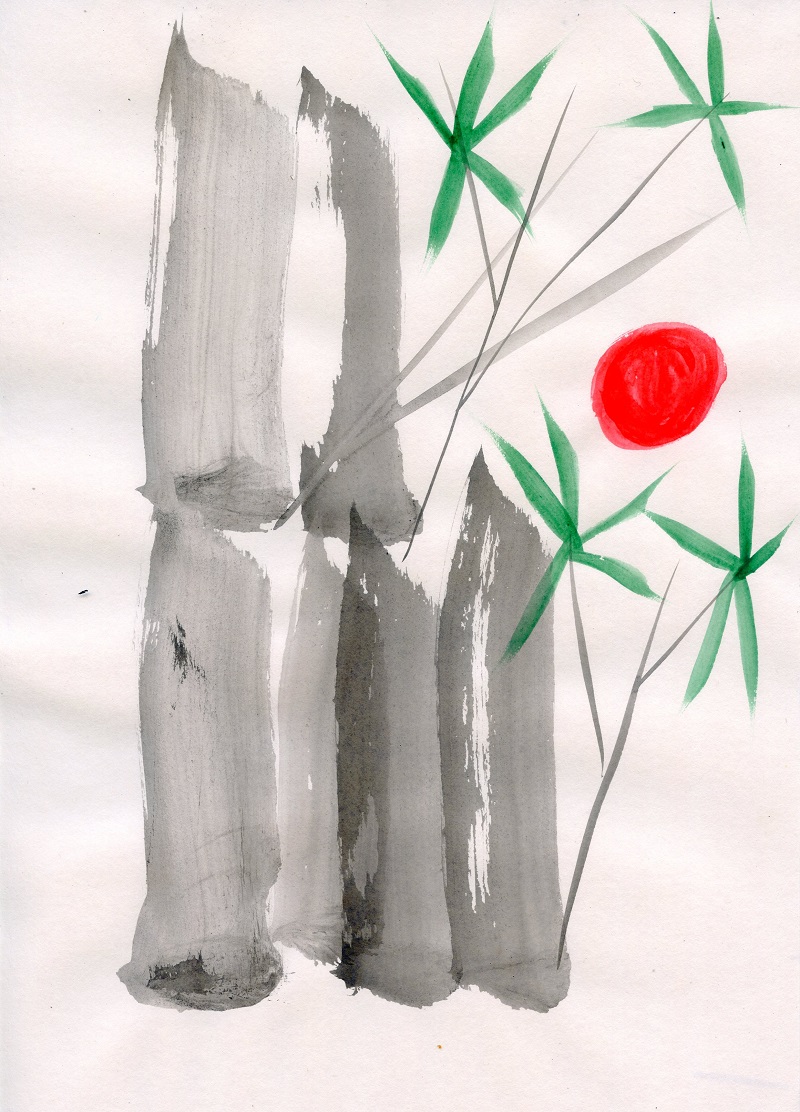
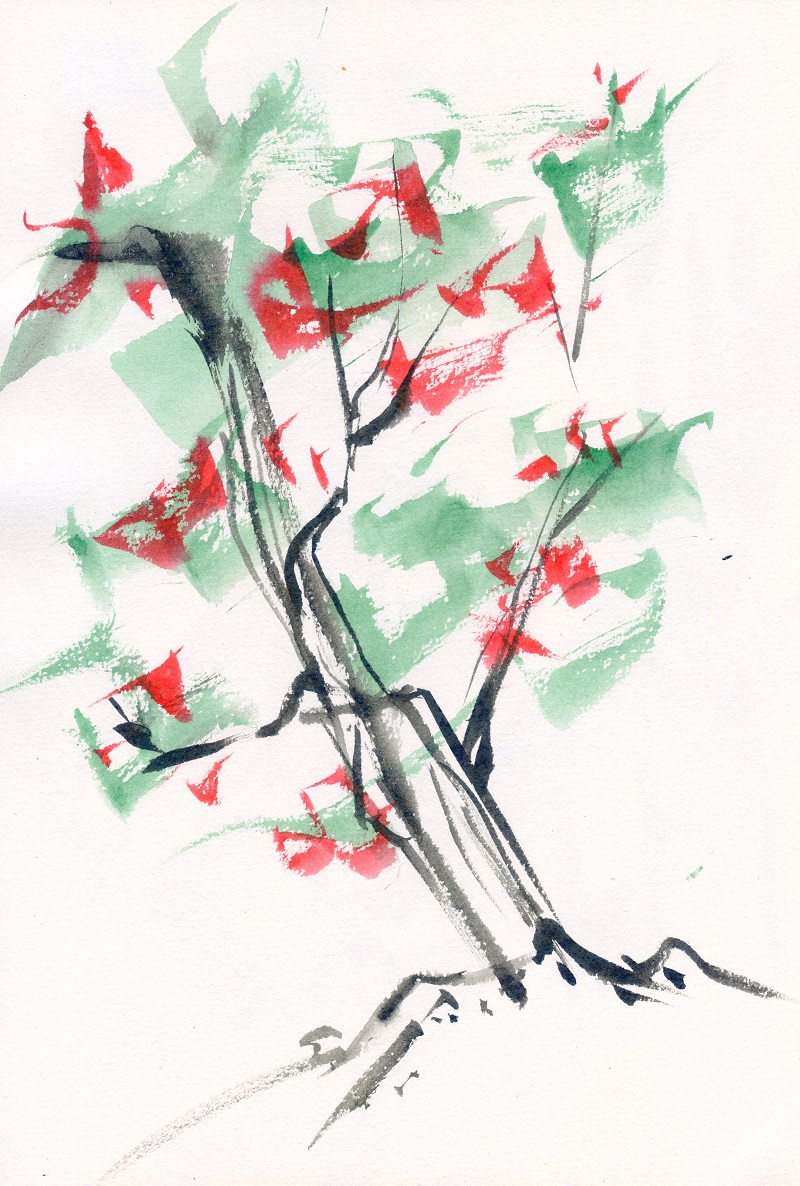
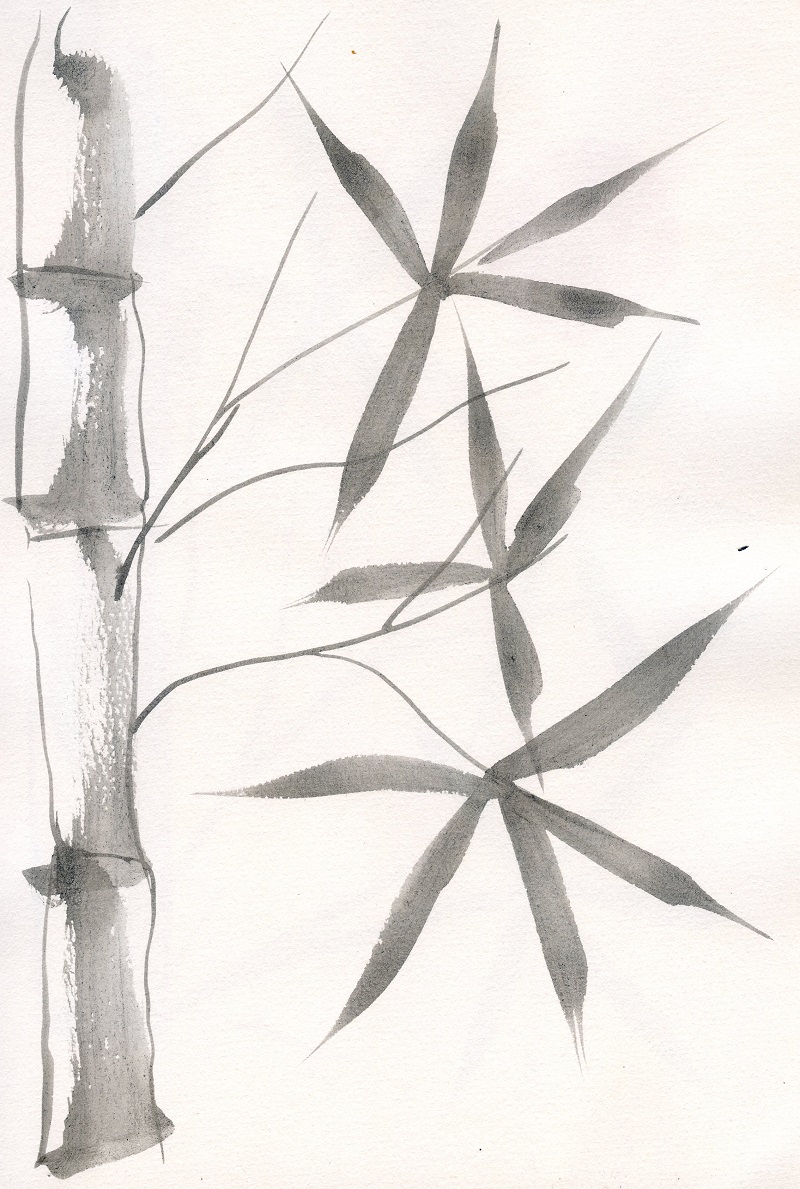
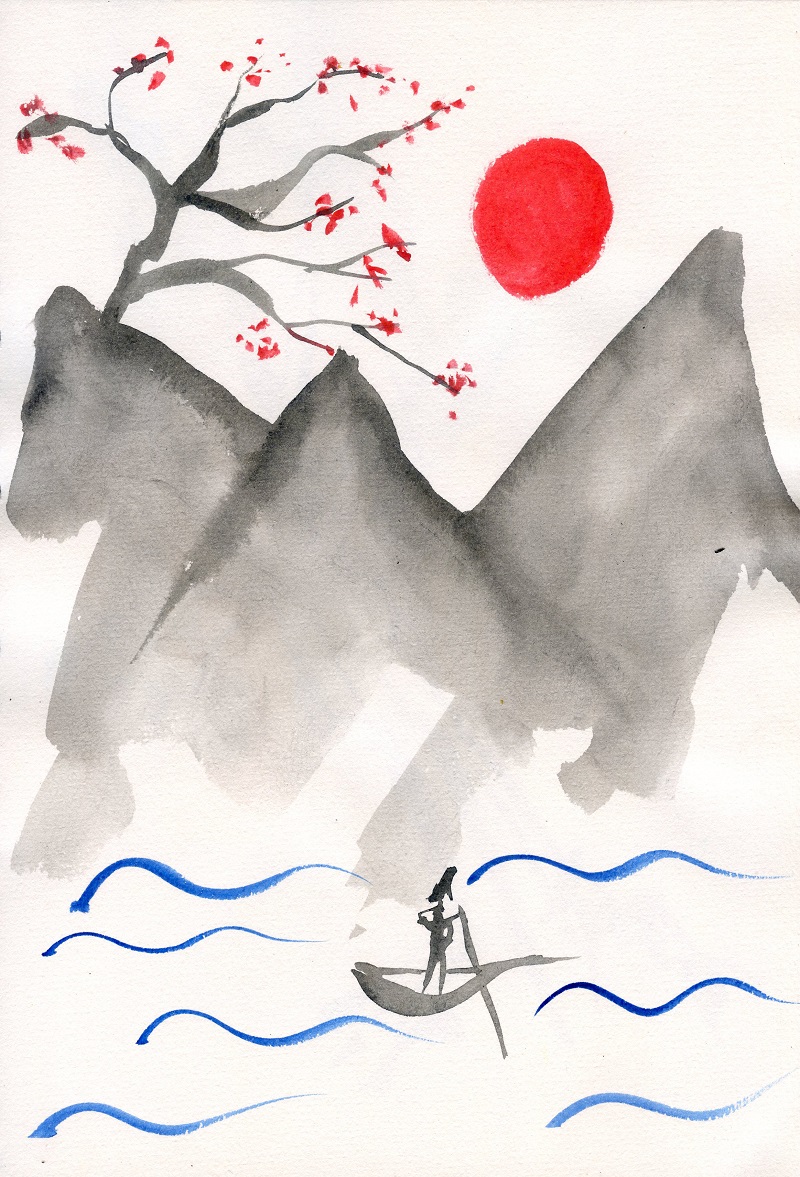
All in all it is very satisfying to work with and (dare I say it without being too much of a hippy) quite meditative, and definitely something to explore more – I want to understand certainly more about how the ink behaves on different papers and the ways of making more complex and varied images in this style.
1 thought on “Sumi-e Inspired”